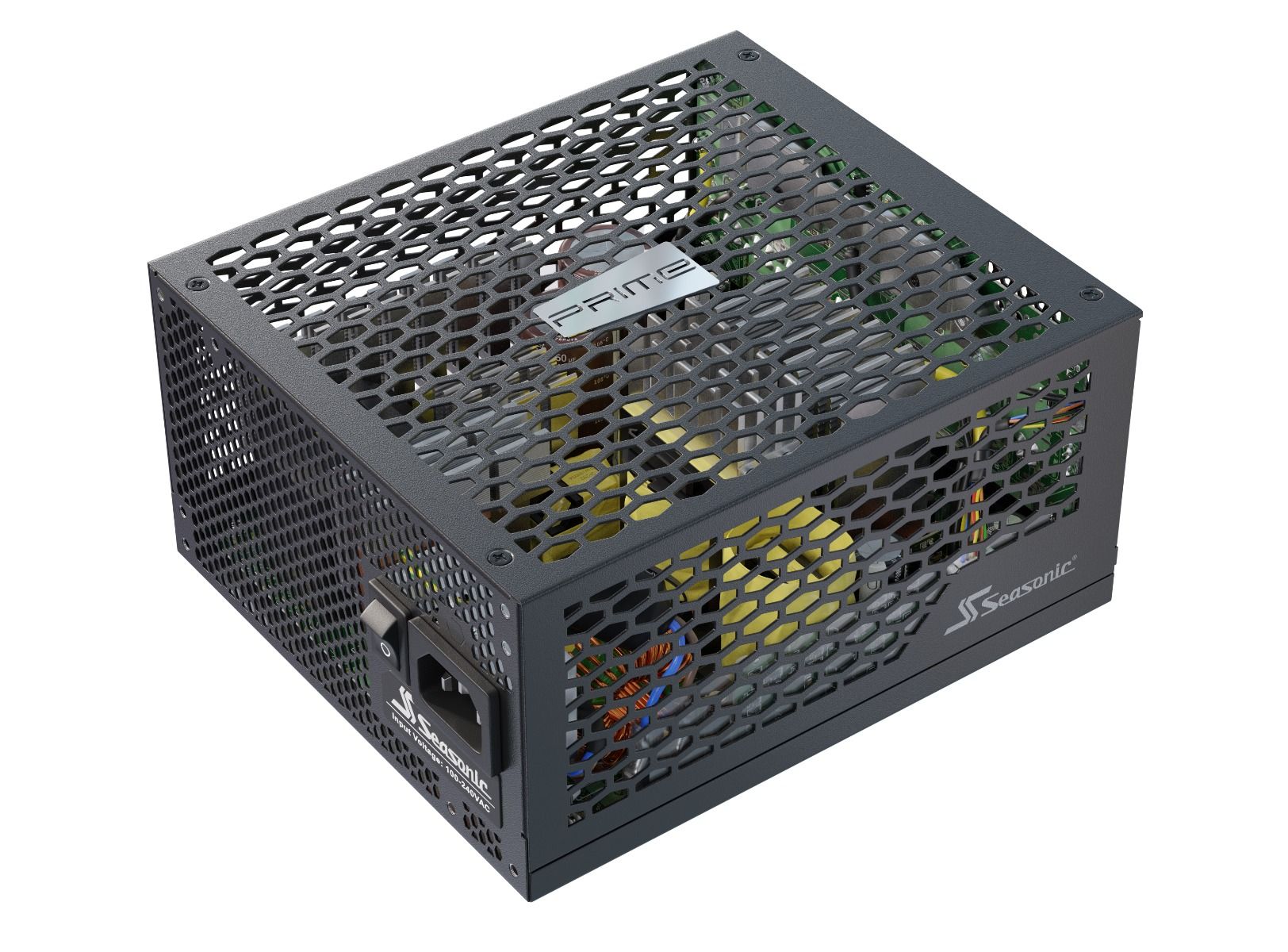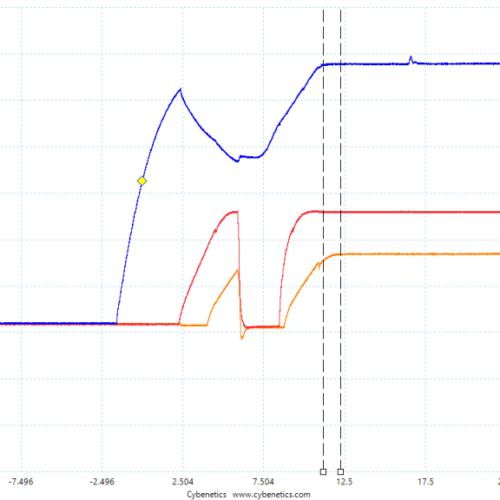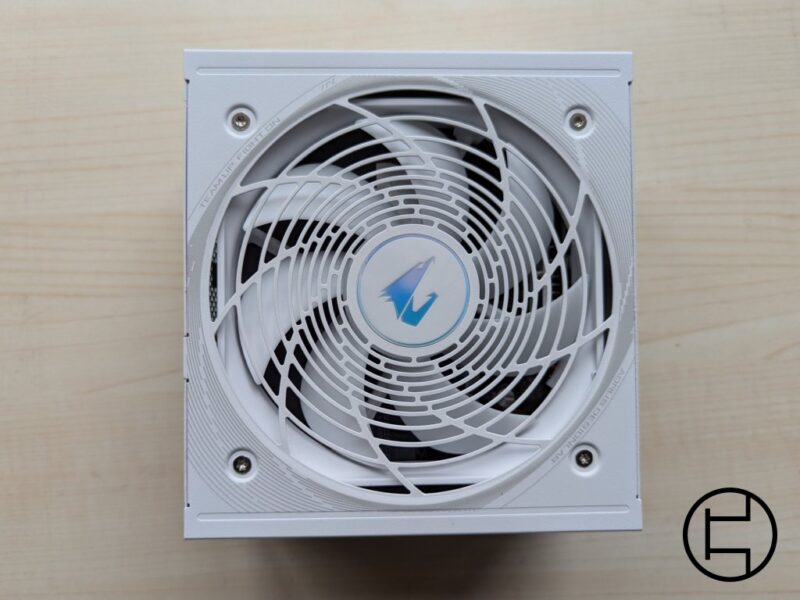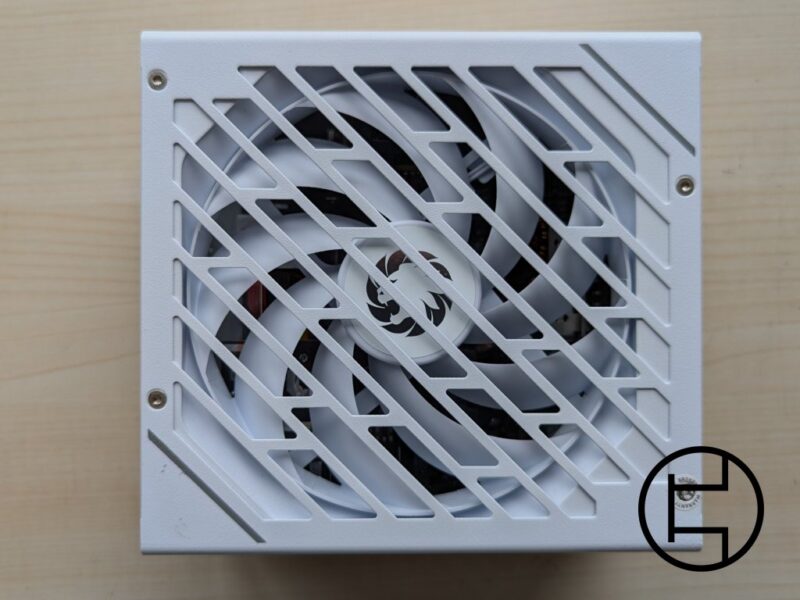Image credit: Seasonic
Original Video
Introduction
A while ago, I was personally made aware by Aris of some potential issues with the new Seasonic Prime Fanless TX700. This is a unit-based off Seasonic’s own “Prime” platform. To make it run without active cooling, they overbuilt the unit, added more heatsinks, and made the housing more open. Even if I’m personally not a huge fan of this idea (no pun intended), there are valid uses for these kinds of units. Today, we’re going to have a look at why the review surprised me.
Performance Overview
| Prime TX700 | Prime Titanium 600 | Nightjar NJ700 | |
|---|---|---|---|
| 12V Load Regulation (Deviation, lower = better) | 0.25% | 0.10% | 0.09% |
| 5V Load Regulation (Deviation, lower = better) | 2.49% | 0.10% | 0.90% |
| 3.3V Load Regulation (Deviation, lower = better) | 4.96% | 0.21% | 1.99% |
| 5VSB Load Regulation (Deviation, lower = better) | 4.24% | 1.15% | 4.24% |
| 12V Ripple (Full load, lower = better) | 23.20 mV | 18.19 mV | 18.59 mV |
| 5V Ripple (Full load, lower = better) | 12.02 mV | 14.28 mV | 17.01 mV |
| 3.3V Ripple (Full load, lower = better) | 16.10 mV | 11.24 mV | 17.79 mV |
| 5VSB Ripple (Full load, lower = better) | 12.24 mV | 8.21 mV | 12.96 mV |
| 12V Transient Response (Deviation, lower = better) | 1.77% | 1.74% | 1.61% |
| 5V Transient Response (Deviation, lower = better) | 1.42% | 2.25% | 2.11% |
| 3.3V Transient Response (Deviation, lower = better) | 5.98% | 3.34% | 4.59% |
| 5VSB Transient Response (Deviation, lower = better) | 0.92% | 0.87% | 0.75% |
| AC Loss to PWR_OK Hold-up time (higher = better) | 25.2 ms | 36.2 ms | 25.7 ms |
| PSU Hold-up time (higher = better) | 30.2 ms | 41 ms | 30.6 ms |
| PWR_OK Inactive to DC Loss Delay (higher = better) | 5.0 ms | 4.9 ms | 4.8 ms |
| Inrush Current (230VAC, lower = better) | 93.68 A | 63.97 A | 96.97 A |
| Average Efficiency (230VAC, higher = better) | 93.05% | 93.96% | 93.64% |
| Efficiency 40-100w (230VAC, higher = better) | 89.87% | 90.87% | 89.93% |
| Efficiency 20-80w (230VAC, higher = better) | 86.25% | 87.02% | 86.09% |
| Average Efficiency 5VSB (230VAC, higher = better) | 78.67% | 78.67% | 79.40% |
| Average PF (230VAC, higher = better) | 0.943 | 0.932 | 0.928 |
| Average Fan Noise (230VAC, lower = better) | 6 dBa | 6 dBa | - |
| Relative Performance (230VAC, higher = better) | 100% | 110.06% | 104.81% |
We see minor differences in most tests… but when we do notice a difference, they are massive. Differences can be seen in minor rail regulation and 3.3v transient response. The rest is down to minor changes in the design or just the sample itself.
Still, we see a 5% performance difference to the Silverstone Nightjar, which is based off the same platform and is the same wattage, as well as a massive 10% performance difference to the older 600w version of it, which was evaluated by Aris over 2 years ago.
Main Concern
Putting aside the performance difference to its competition, our main concern is found in the PSU off to full load transient response testing.
Below a quote and image from the video
My biggest concern is the voltage drops I noticed on all rails during one of the turn-on transient tests. Such high voltage drops can cause issues, mainly during the wake-up phase of a system, where components will ask for high power amounts to resume operation. Due to the vast voltage drops on the PSU’s rails, the stress that will be applied to the DC-DC converters will be high and can lead to several issues, even failures on components like mainboards and graphics cards.
Conclusion
Overall, the TX700 mostly performs as expected. It’s not meant to compete with active cooled units, but regardless of that is outperformed by the competition the company themselves created. My issue with the unit is that the voltage drop during power-on to full load brings additional stress to the VRM of your motherboard and GPU, potentially shortening lifespan. As the unit has a cost of around 270 USD, we expect better. We hope Seasonic can find the cause of this and update the TX700 accordingly and send a sample to Aris validating the fix.



